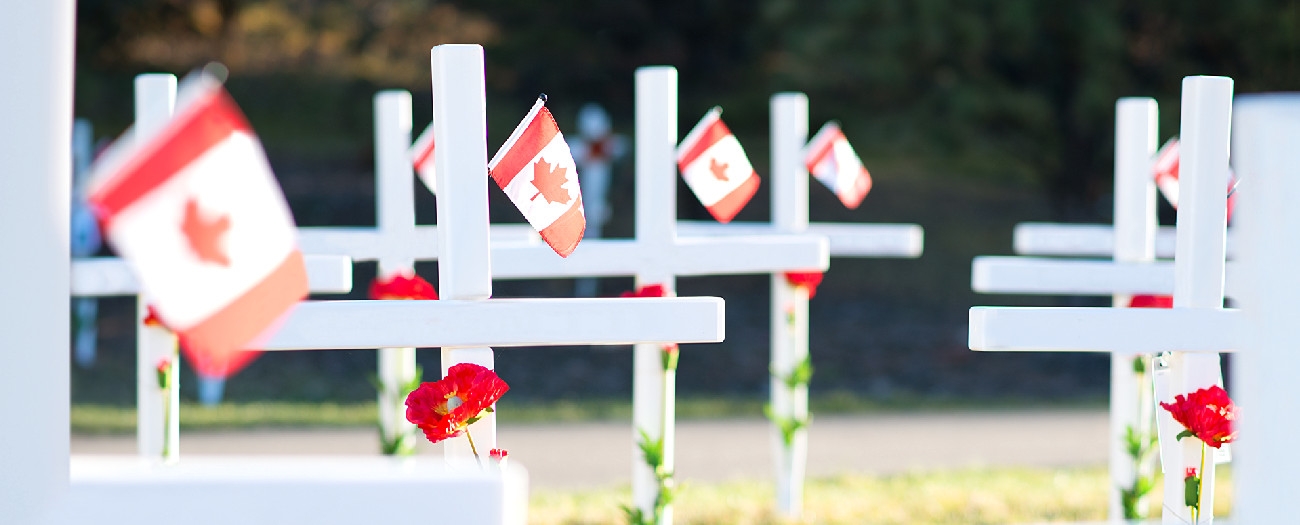For many Canadians, the closest we’ve come to war is by watching movies. However, for the 2.3 million Canadians who have served in the military, as peacekeepers or in other capacities, war is an all too real experience.
Remembrance Day is more than just a day off. It was first observed in 1919 to mark the agreement that ended the First World War, which ceased on November 11, 1918, at 11 a.m.—the eleventh hour of the eleventh day of the eleventh month. To this day, in communities across our nation, Canadians honour the more than 118 000 Canadians who lost their lives fighting for our country since World War I.
A number of AER staff have served in Canada’s military. To those who have served, Remembrance Day is every Canadian’s chance to pay respect to the men and women who sacrifice their own lives, leave their families without knowing when they’ll return, and fight to preserve the country we know and love.
On November 11, communities across Canada will hold Remembrance Day events and services. To find ways to remember near you, visit http://www.veterans.gc.ca/eng/remembrance/get-involved.
Remembrance Day Facts |
|
Since the First World War (1914–1918), 2.3 million men and women have served in the Canadian Armed Forces. |
|
More than 118 000 Canadian soldiers have lost their lives serving in the military since 1914. |
|
The Royal Canadian Legion recommends that the poppy be worn as close to your heart as possible from the last Friday in October through to November 11. |
|
The money raised by the Royal Canadian Legion’s poppy campaign is used to help veterans with everything from financial support to medical care. |
|
The famous poem, In Flanders Fields, was written in 1915 by Dr. John McCrae while he was serving with the Canadian Artillery. |
|
It’s estimated that 12 000 indigenous people served in the First and Second World Wars and the Korean War. This number doesn’t include the unknown number of Inuit, Metis, and nonstatus Indians who also served. |
Resource Editor


